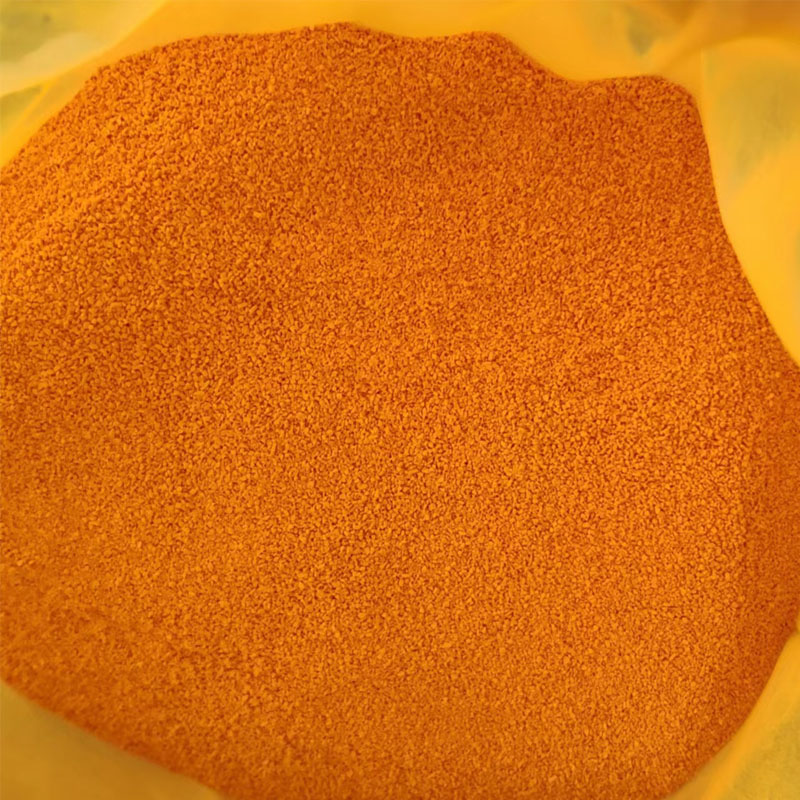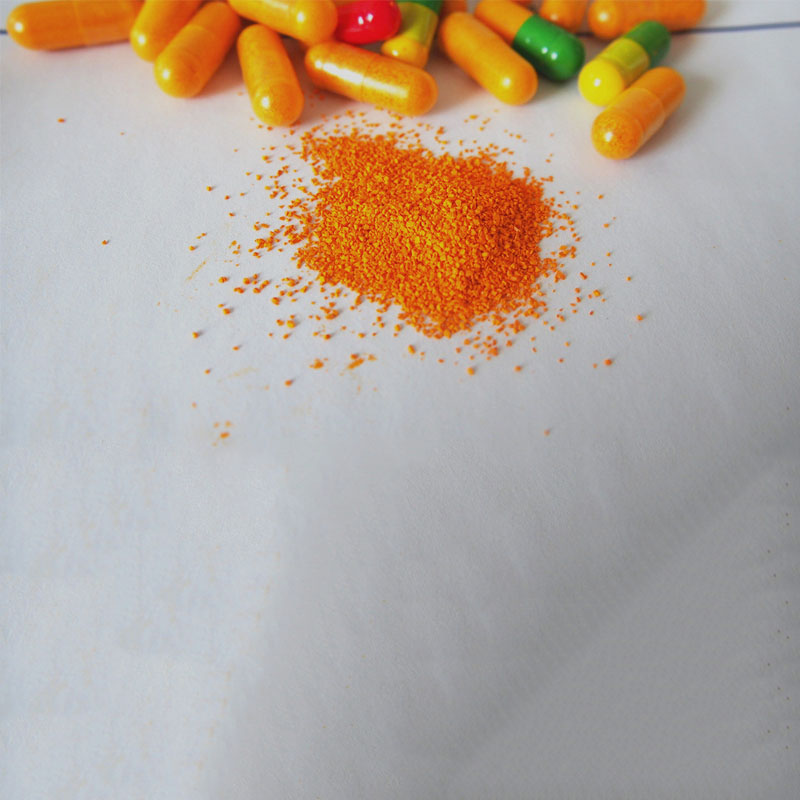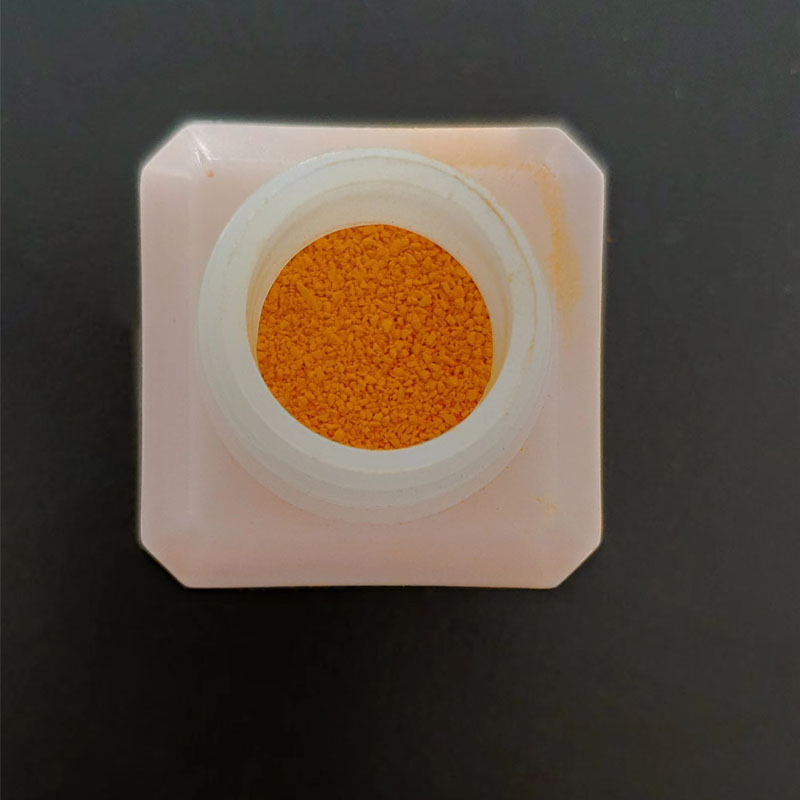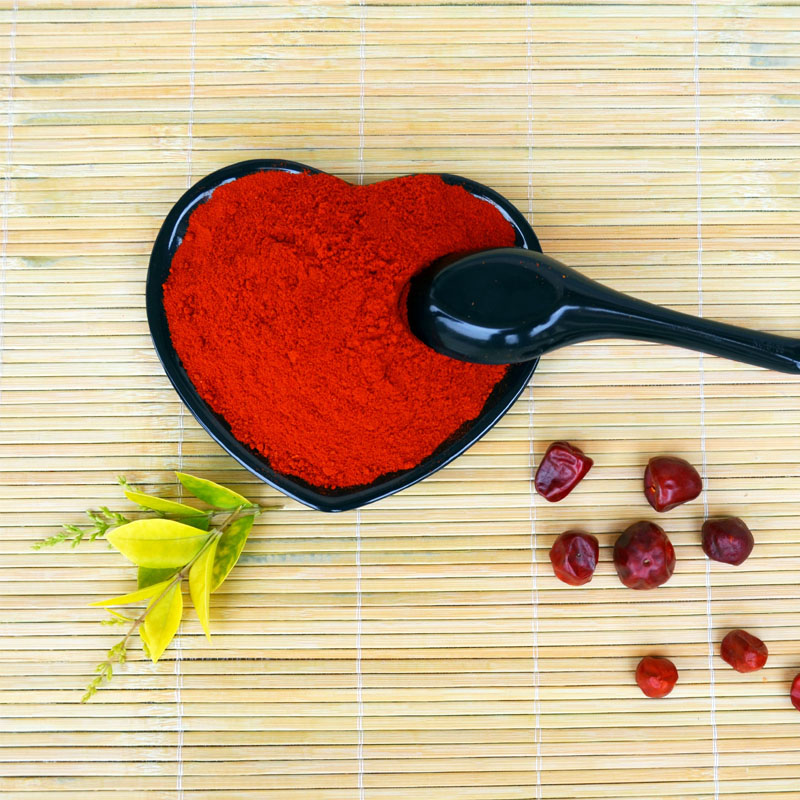Whakataki Hua
Chemically, curcumin is a diarylheptanoid, belonging to the group of curcuminoids, which are phenolic pigments responsible for the yellow color of turmeric.
Laboratory and clinical research have not confirmed any medical use for curcumin. It is difficult to study because it is both unstable and poorly bioavailable. It is unlikely to produce useful leads for drug development.
Laboratory and clinical research have not confirmed any medical use for curcumin. It is difficult to study because it is both unstable and poorly bioavailable. It is unlikely to produce useful leads for drug development.

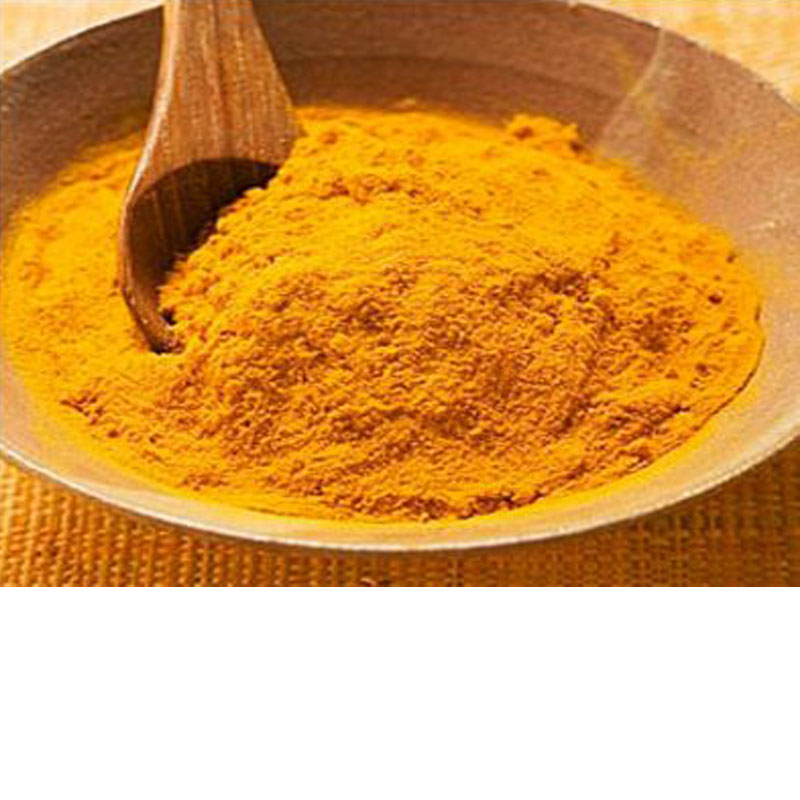
The most common applications are as an ingredient in dietary supplement, in cosmetics, as flavoring for foods, such as turmeric-flavored beverages in South and Southeast Asia, and as coloring for foods, such as curry powders, mustards, butters, cheeses. As a food additive for orange-yellow coloring in prepared foods, its E number is E 100 in the European Union. It is also approved by the U.S. FDA to be used as a food coloring in US.
Ko te mea tino rongonui ko te 95% curucmin he mea rongonui hei whakauru matua o nga hua kai o te curcumin, Kiki i roto i te kaata 25kg me te peeke PE o roto kua hiri.
Ko ta matou tangohanga turmeric me te taapiri ZERO kei te hoko wera ki Amerika, ki Awherika ki te Raki, ki Uropi me etahi atu. Kei te waatea nga tiwhikete ISO, HACCP, HALAL me KOSHER.
Tuhia to korero ki konei ka tukuna mai ki a matou
